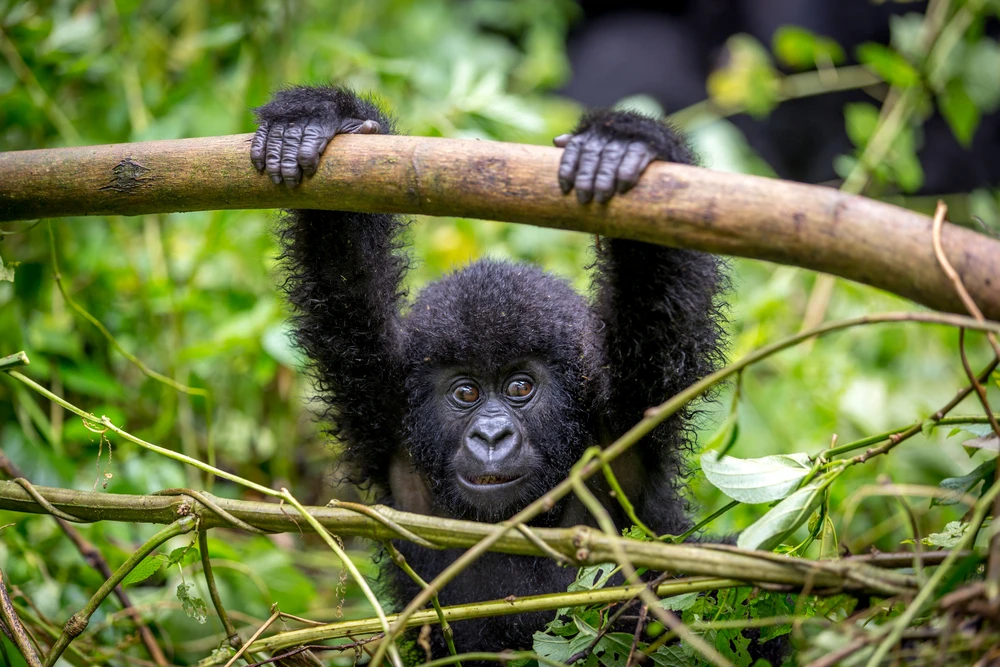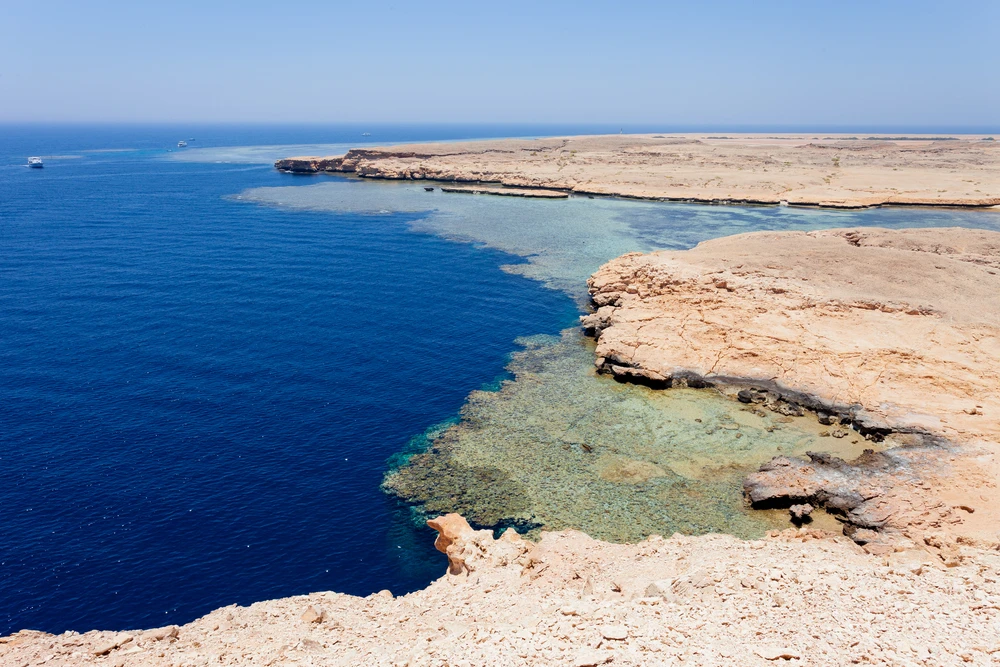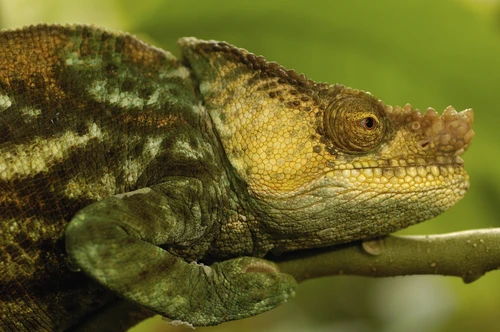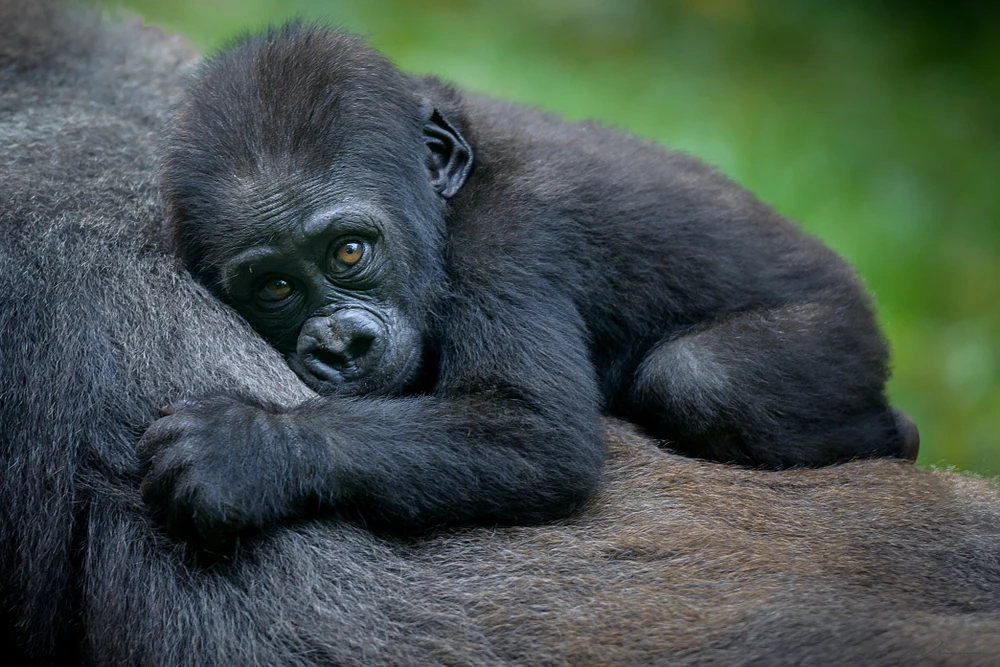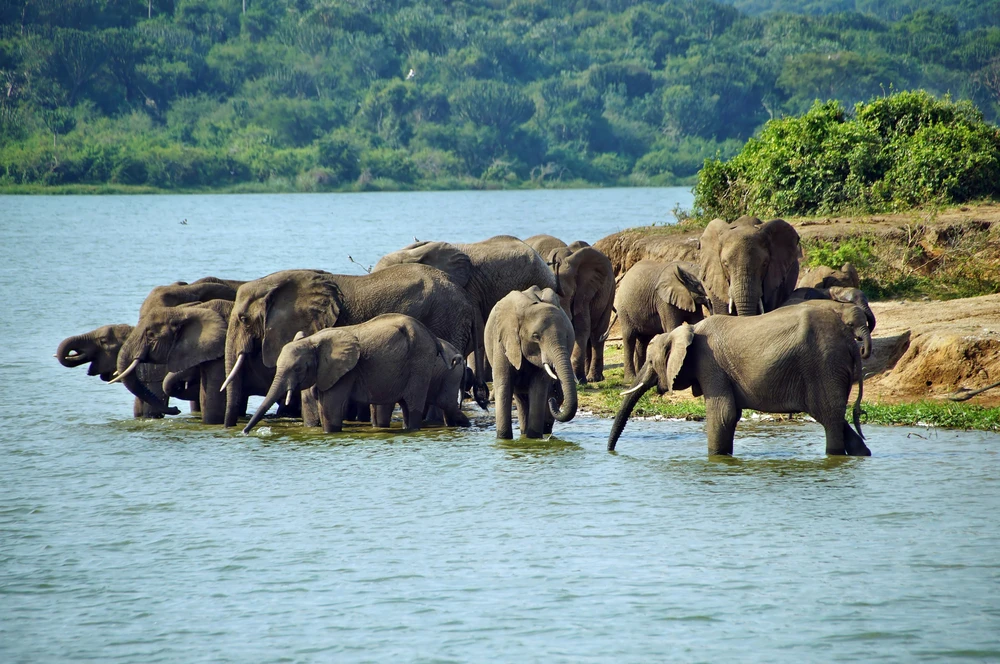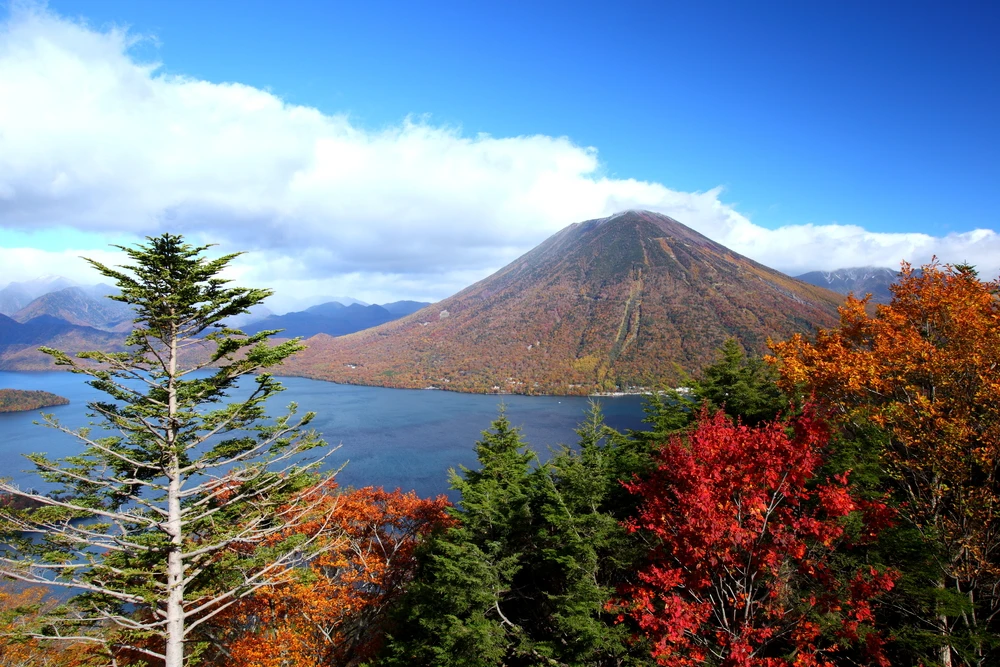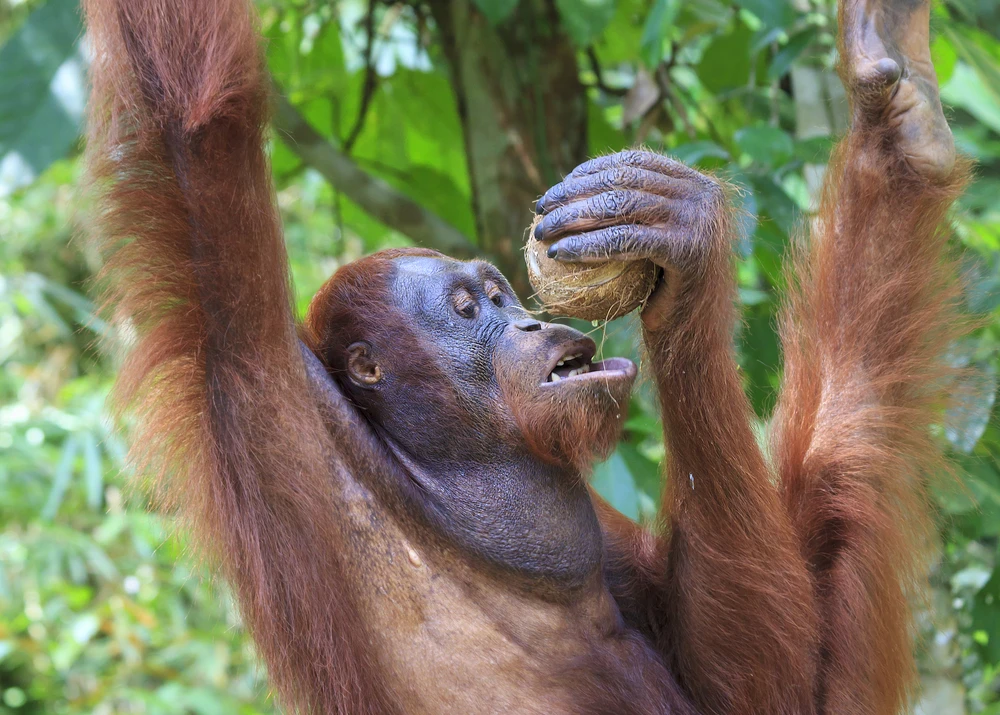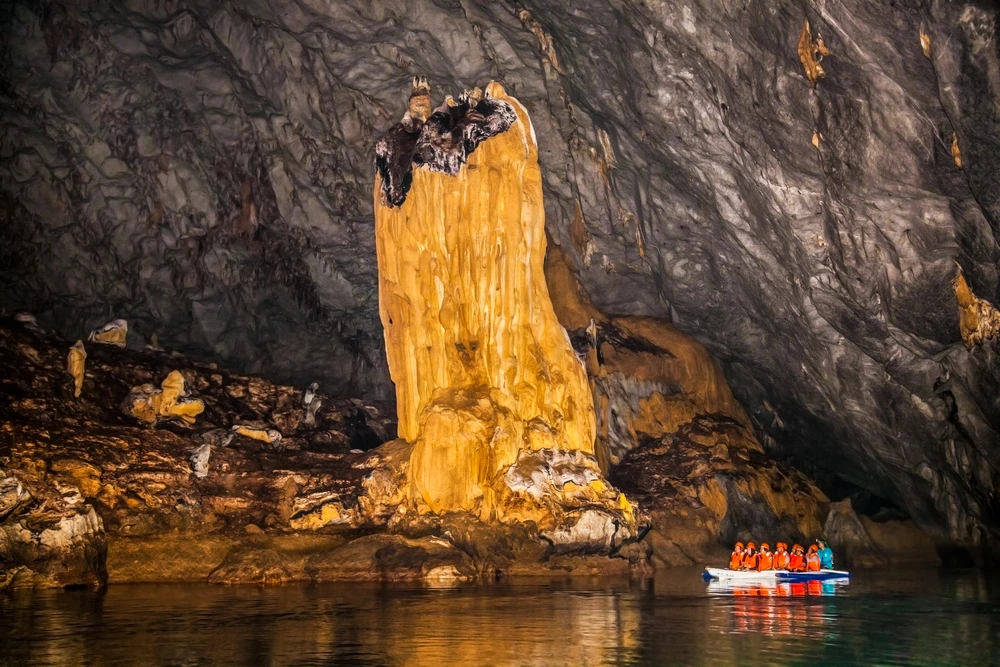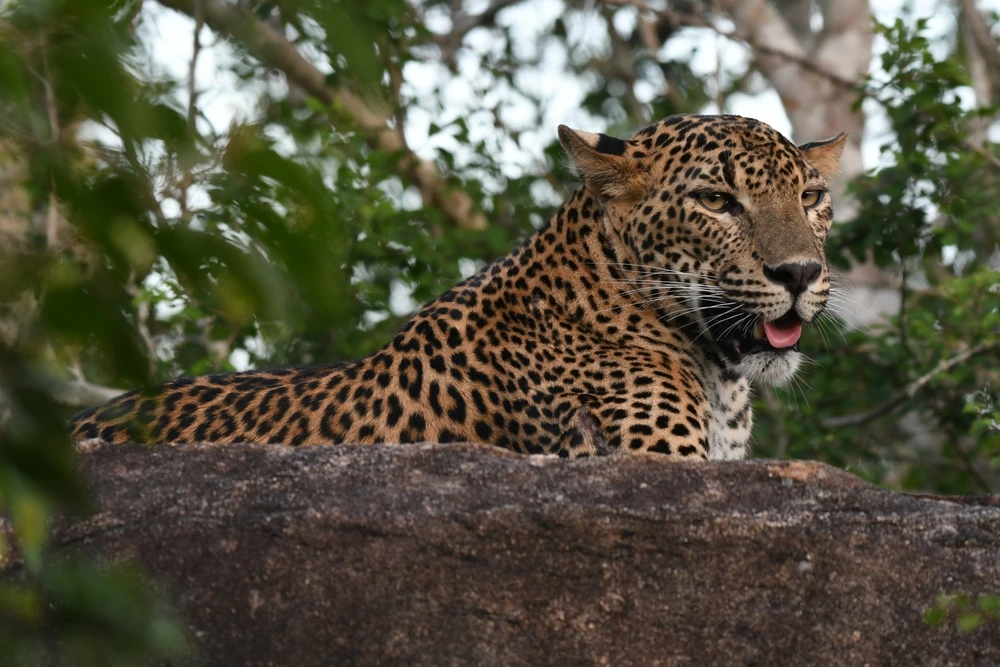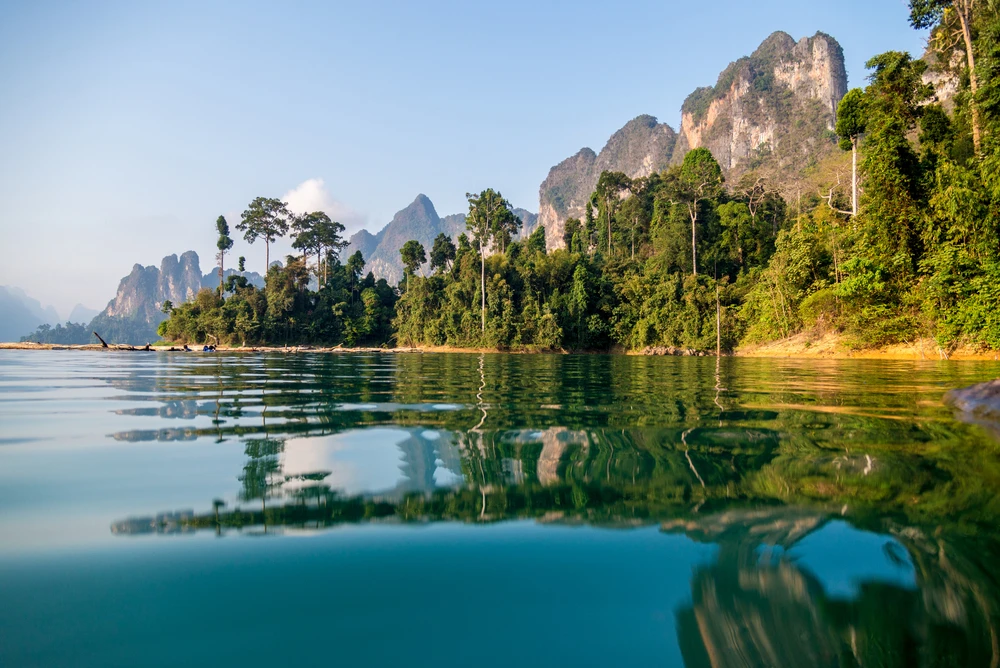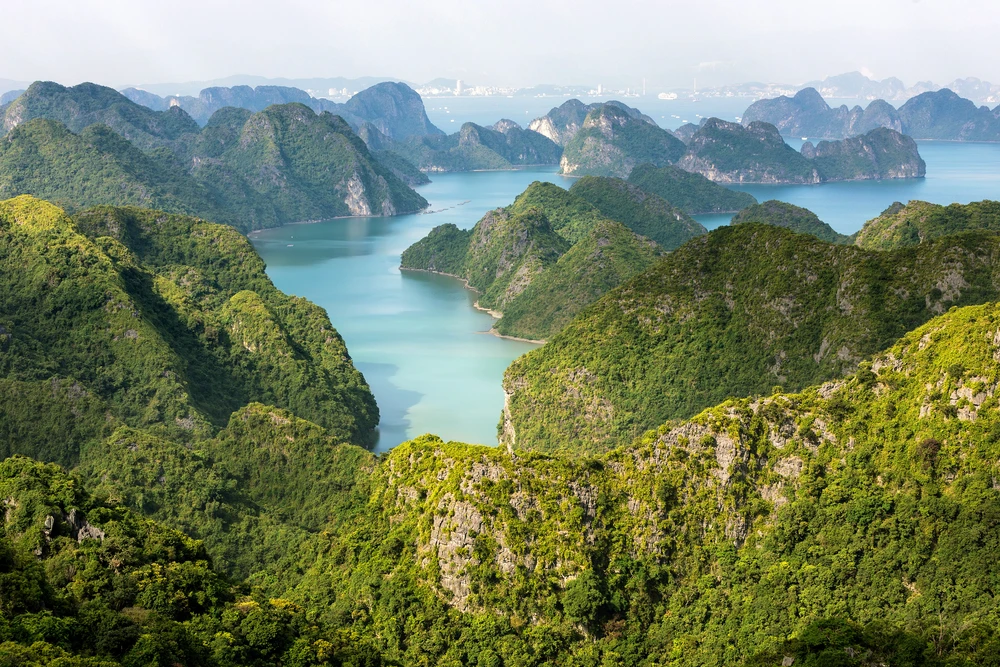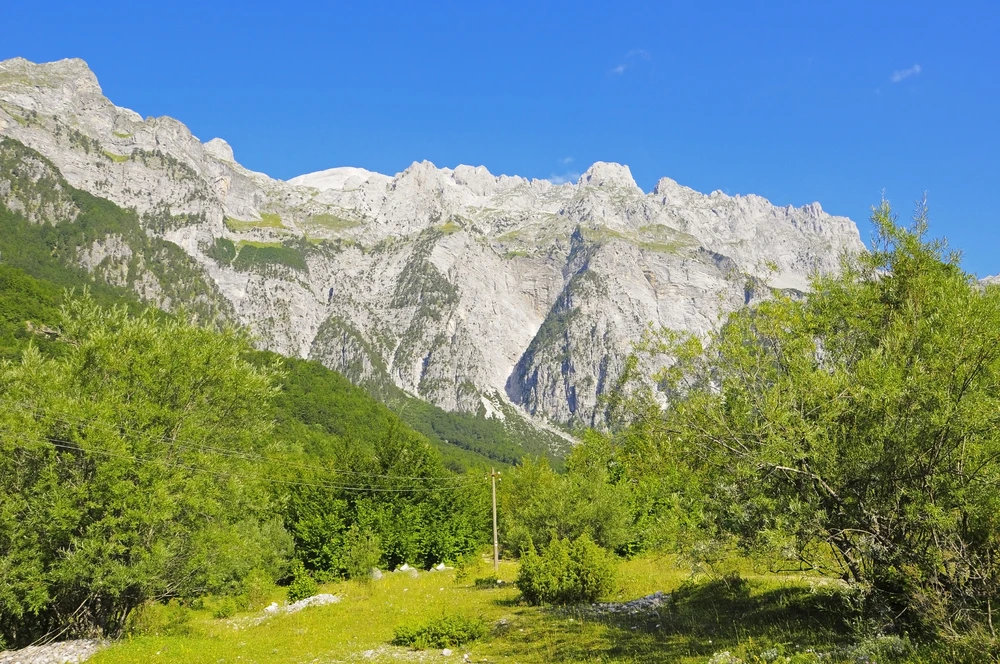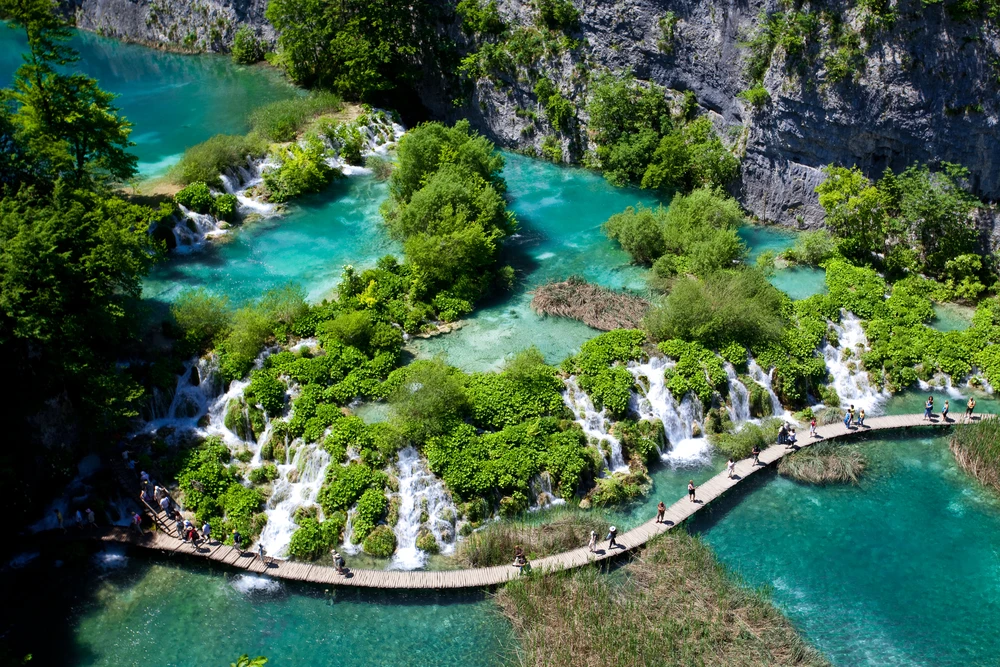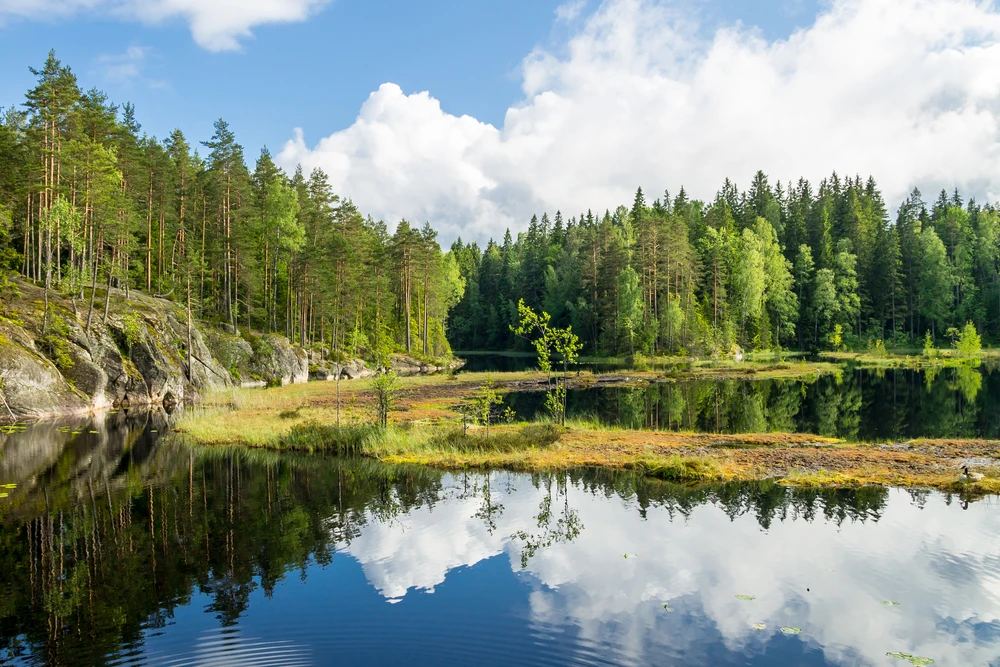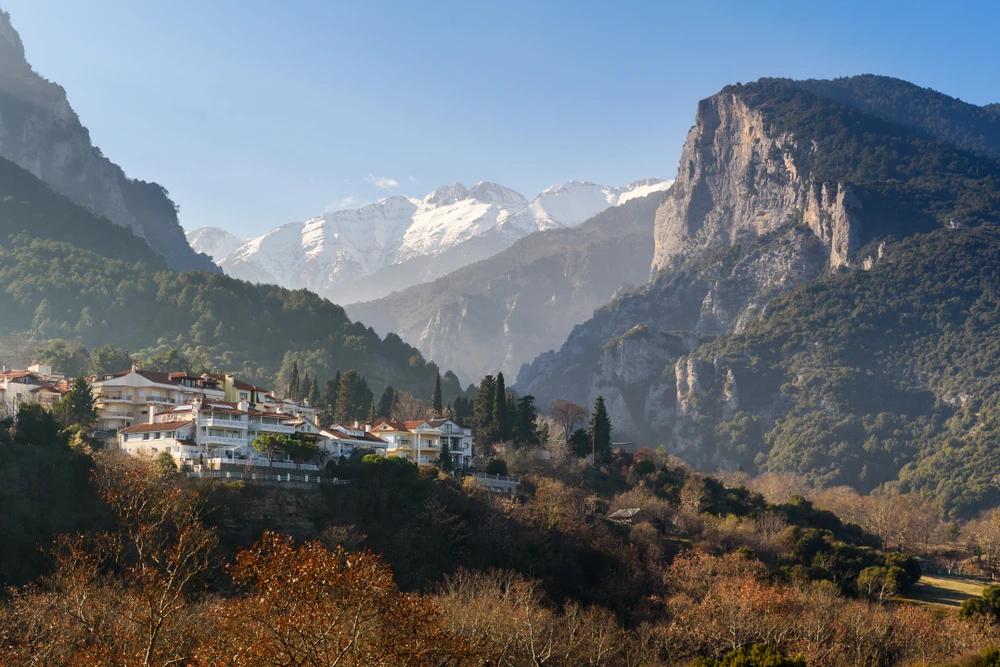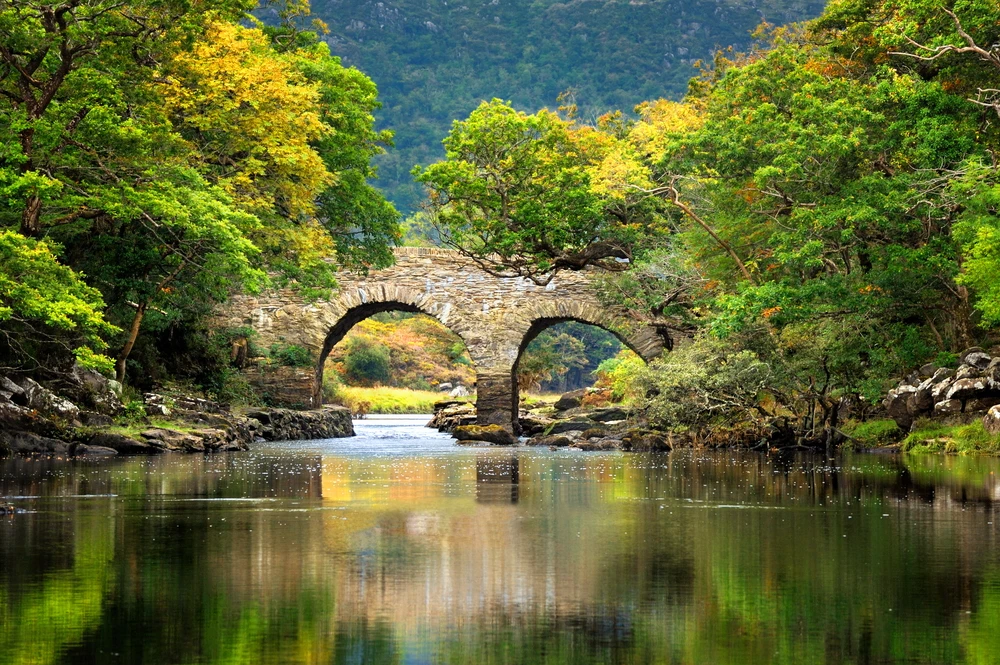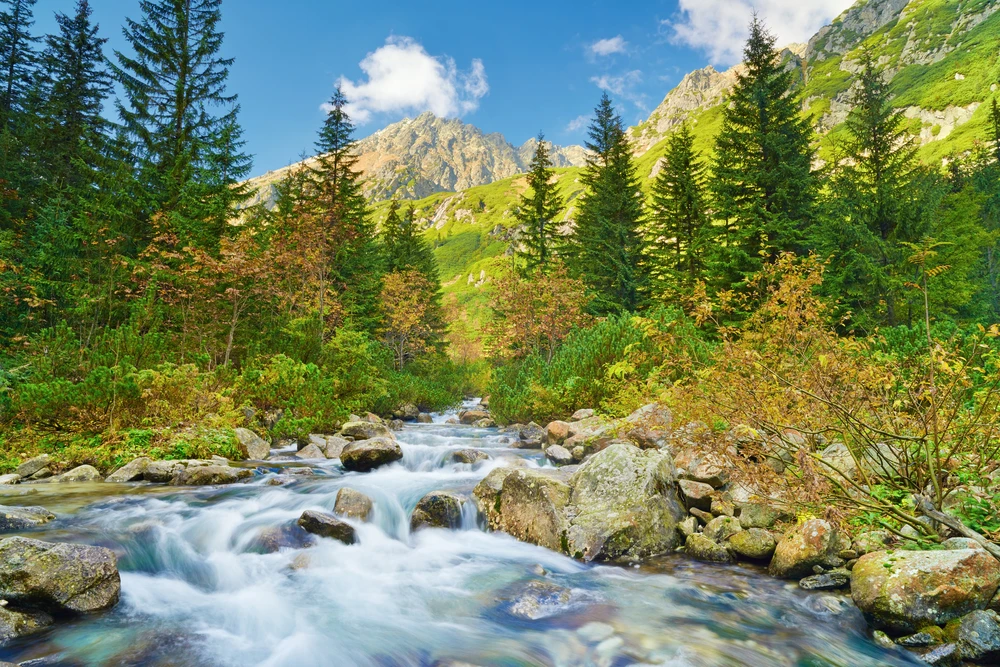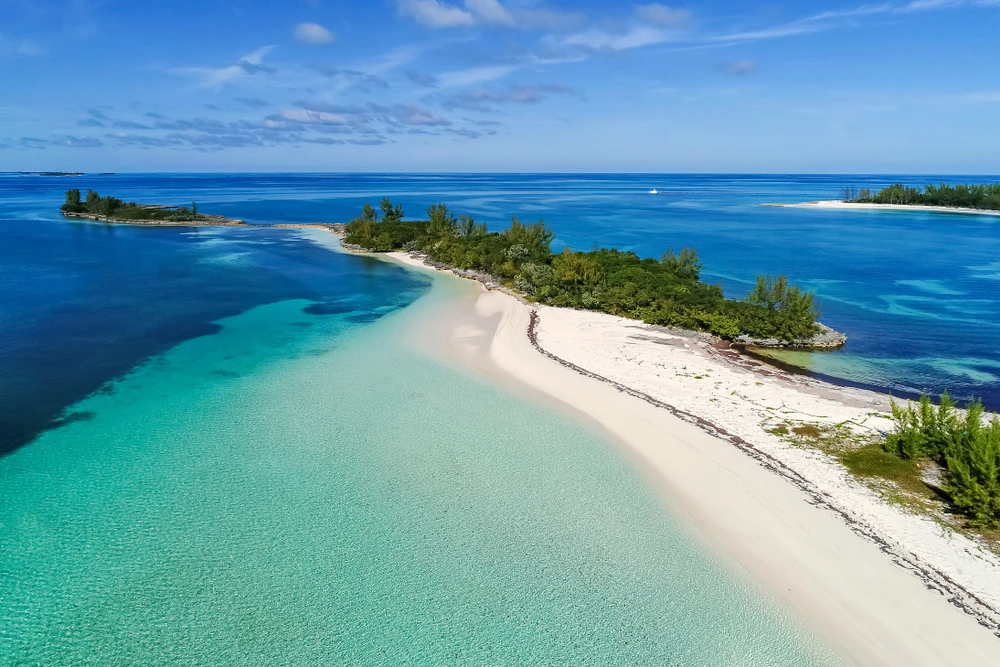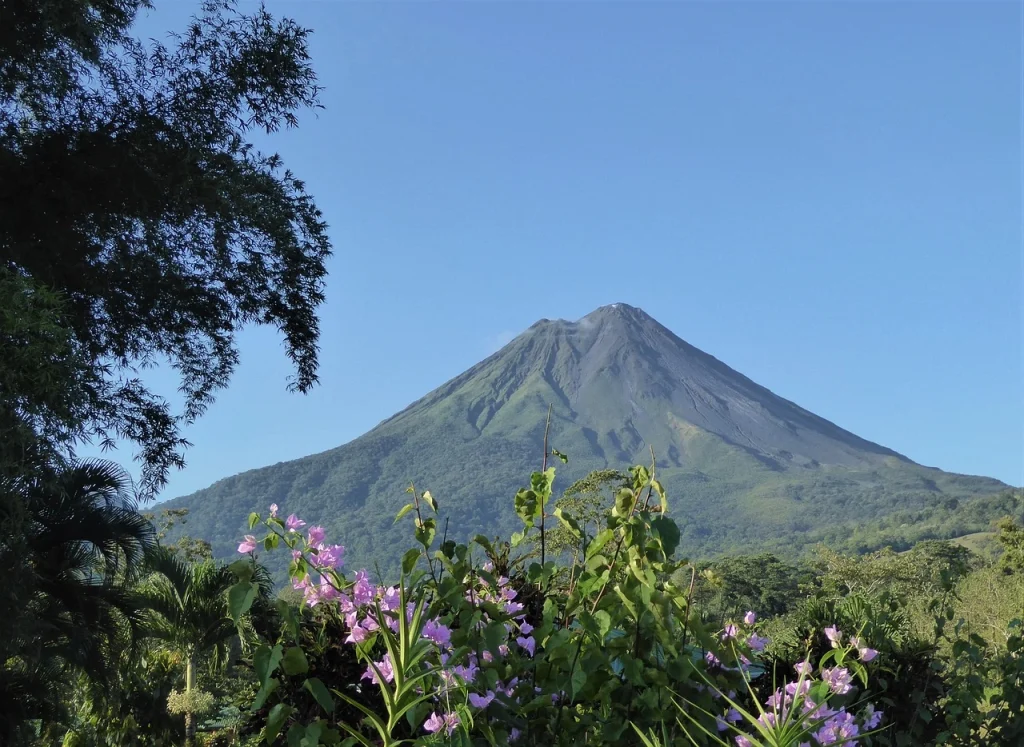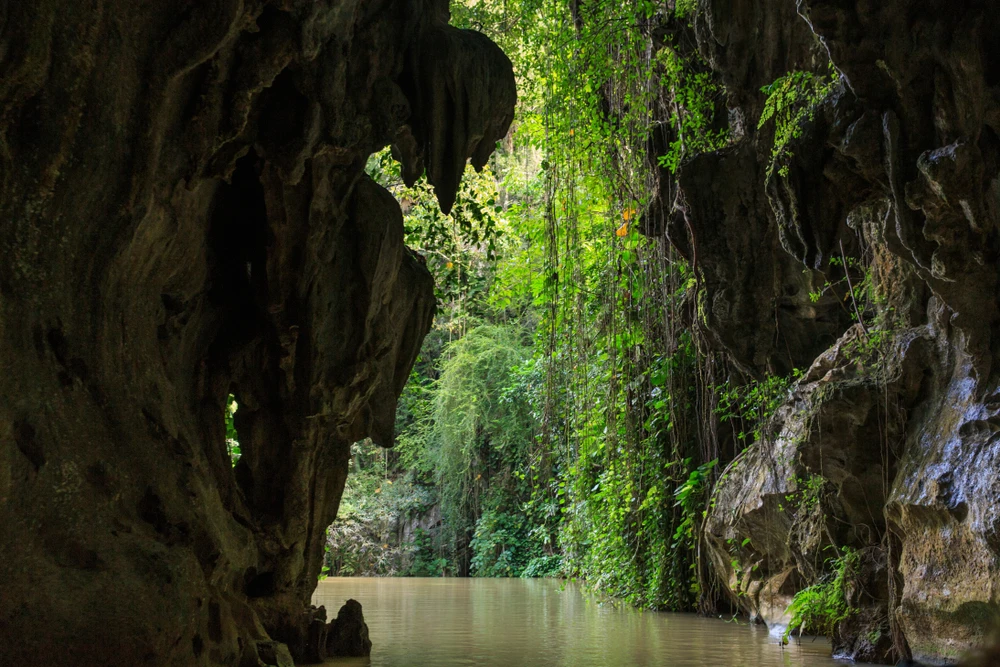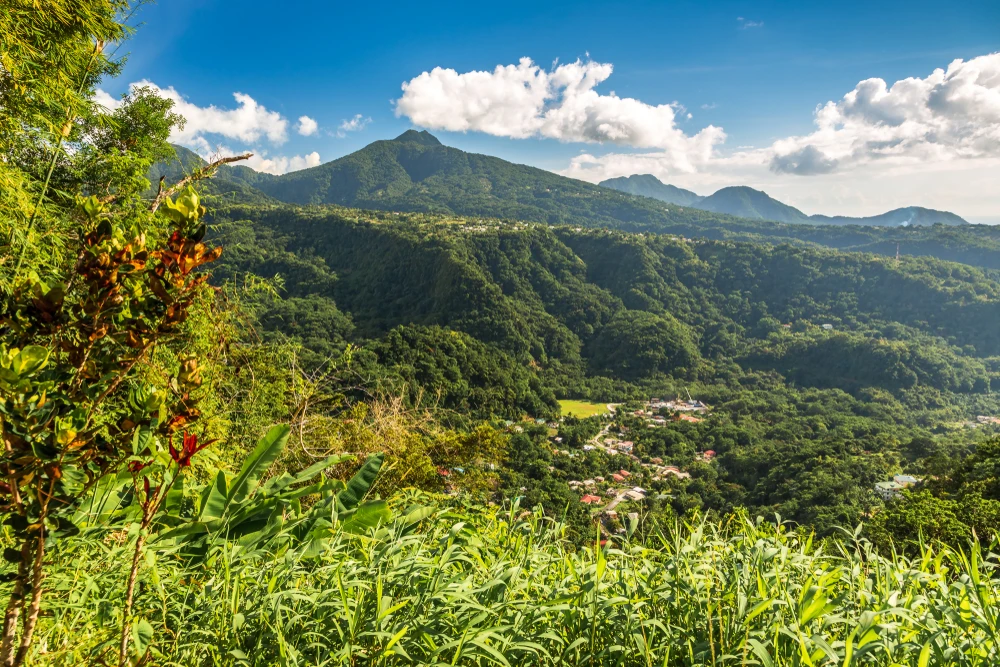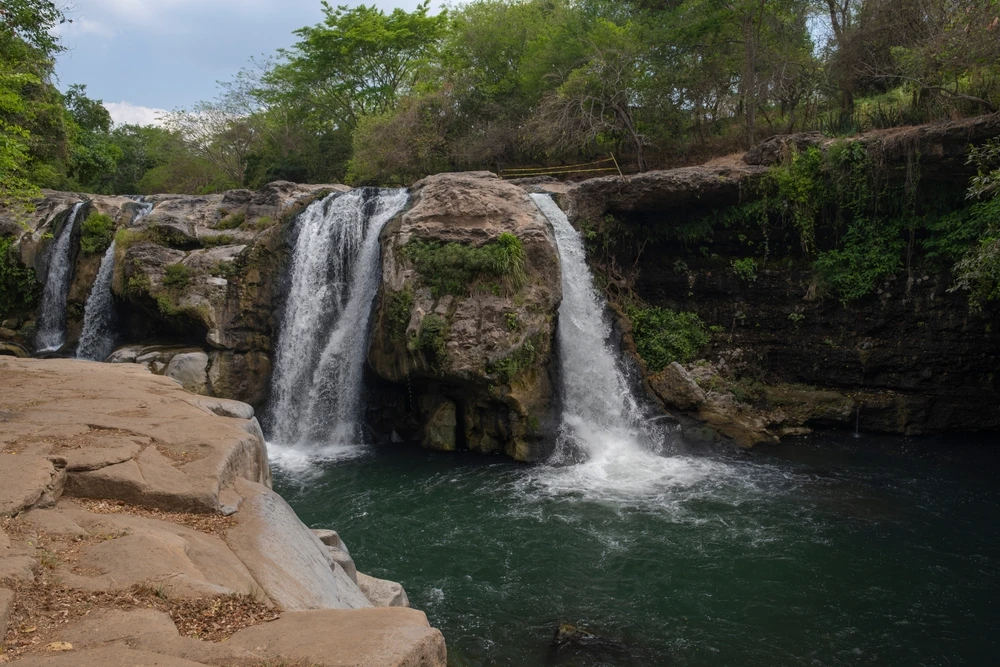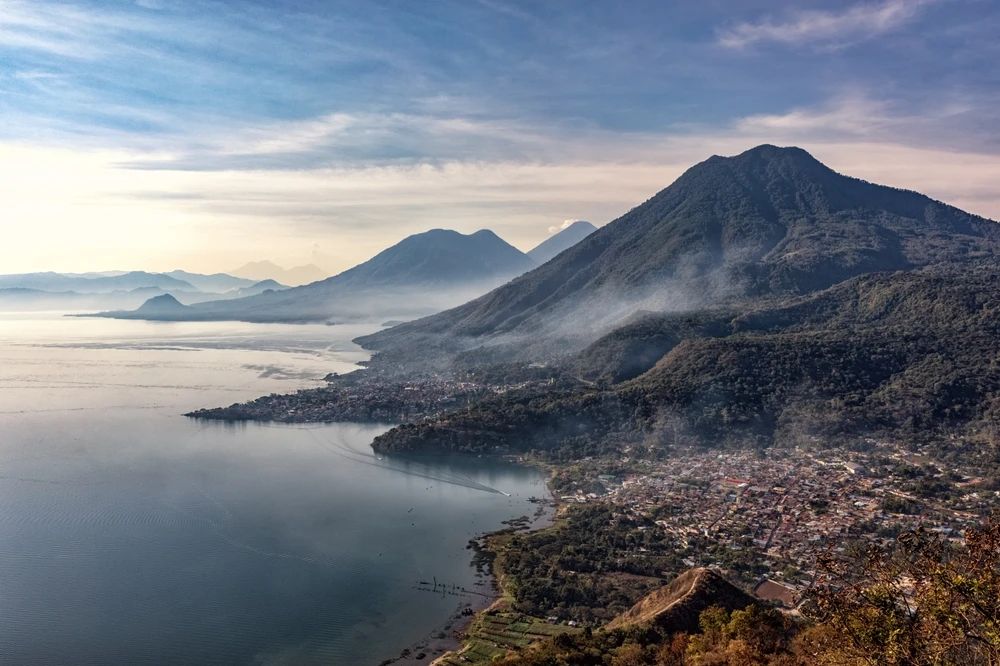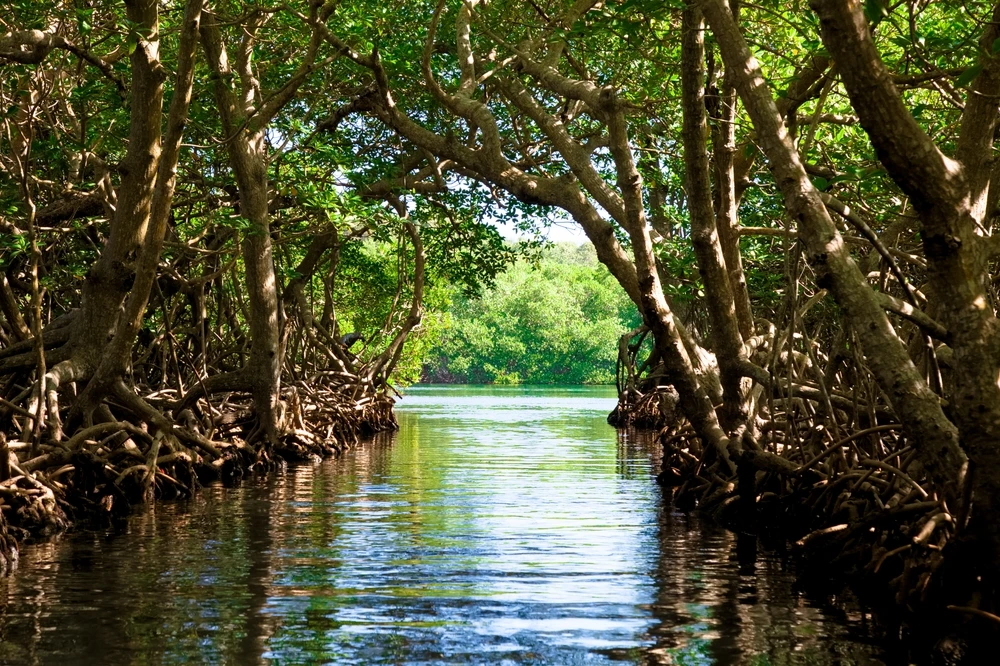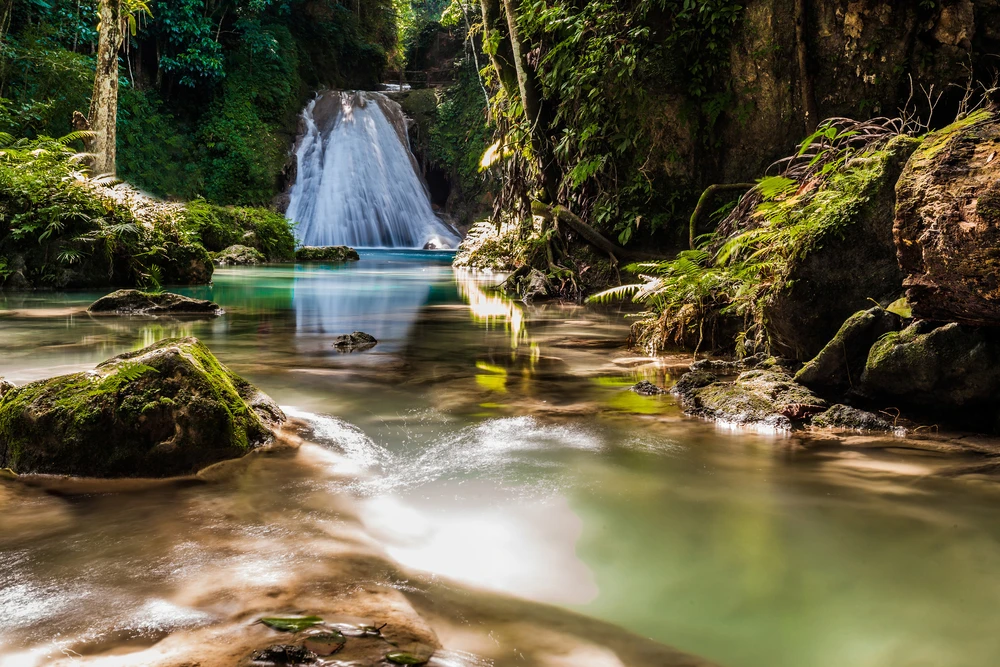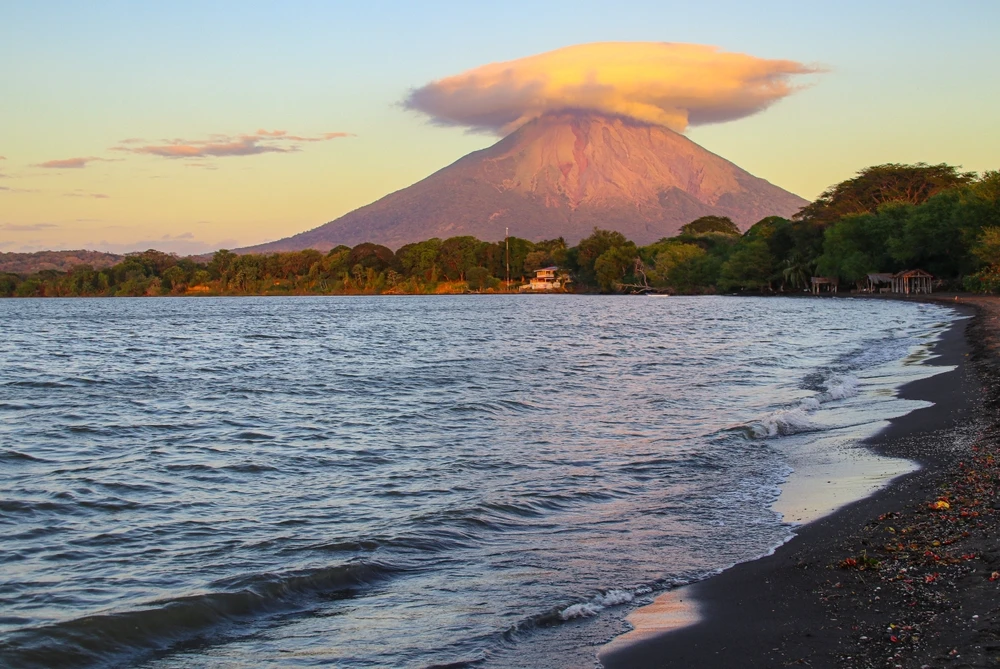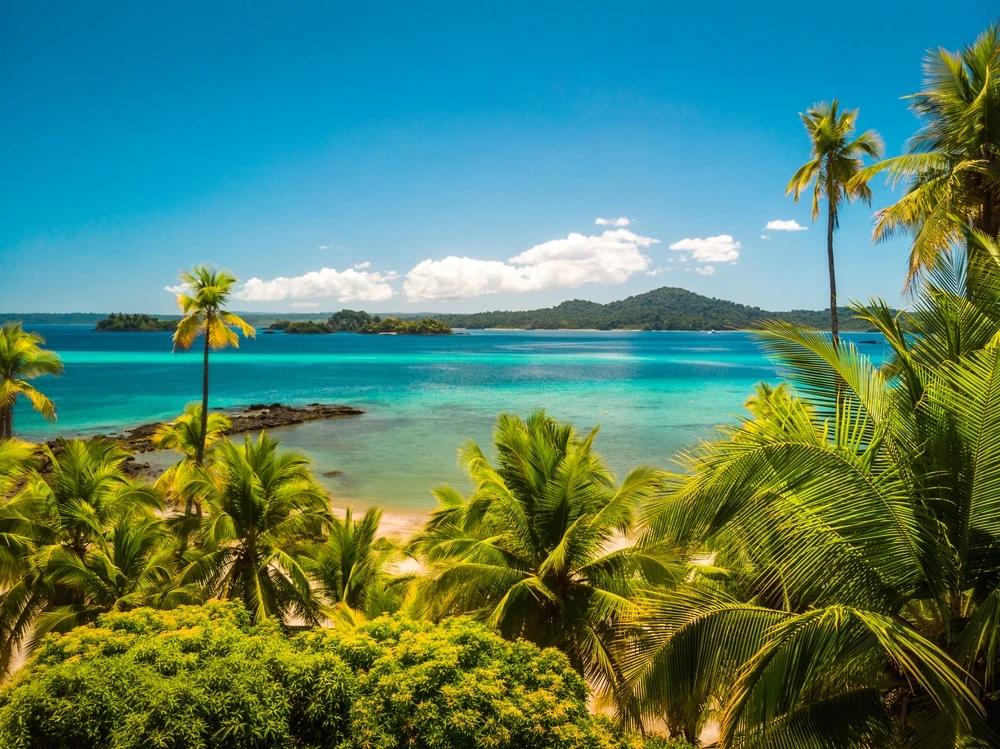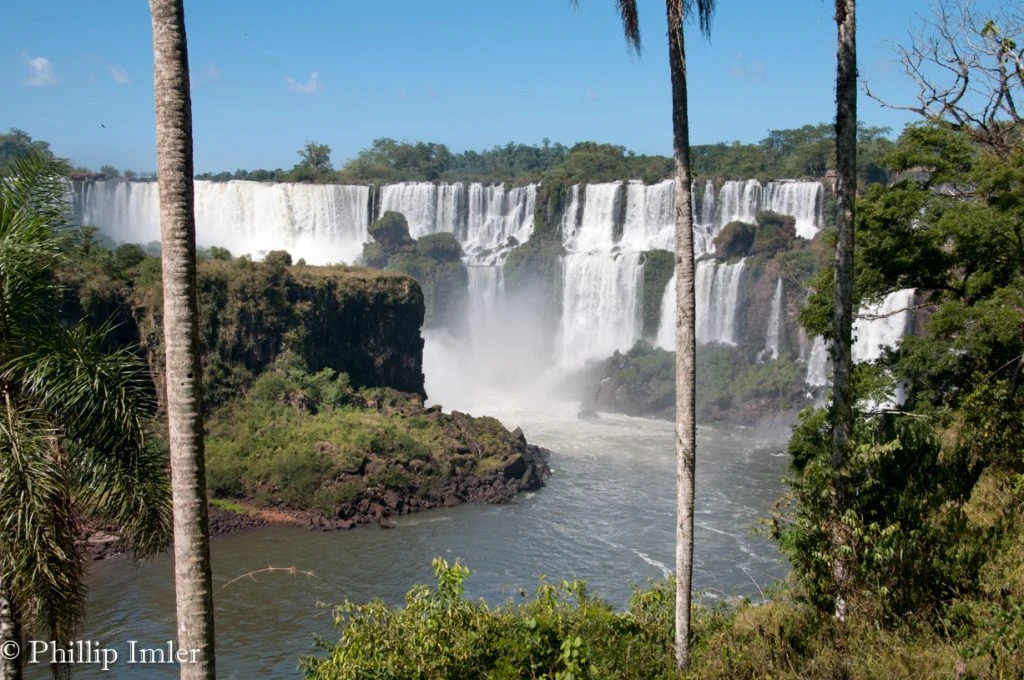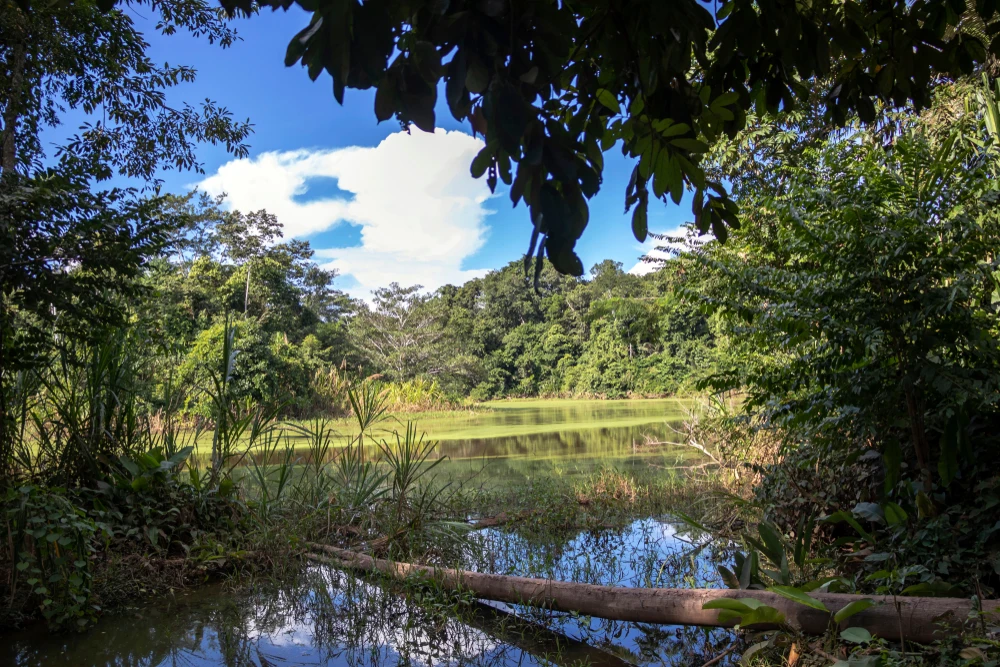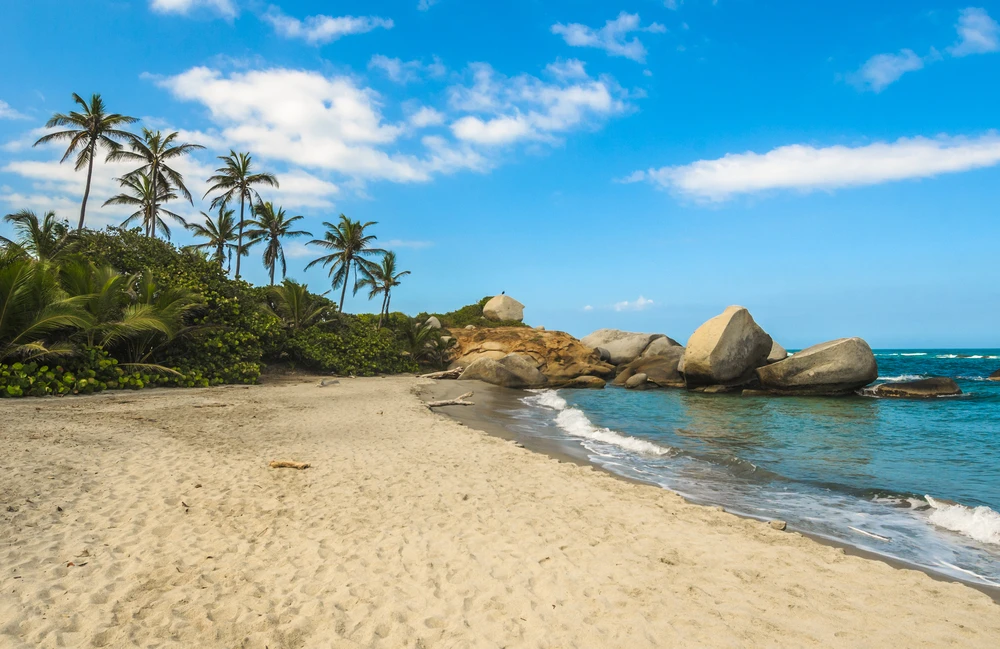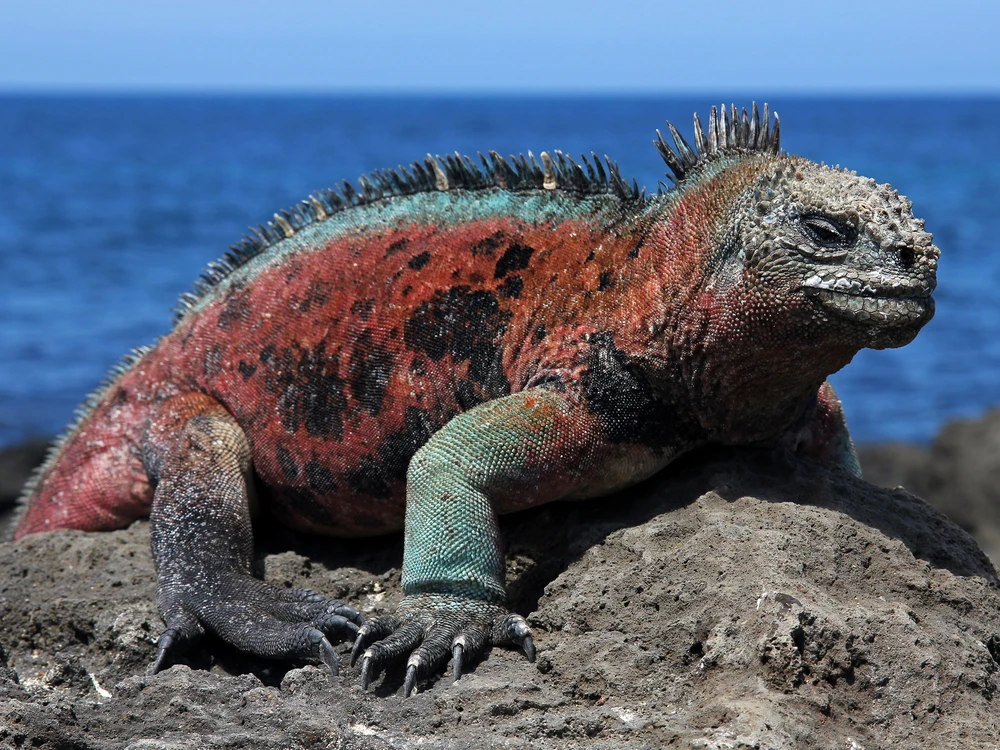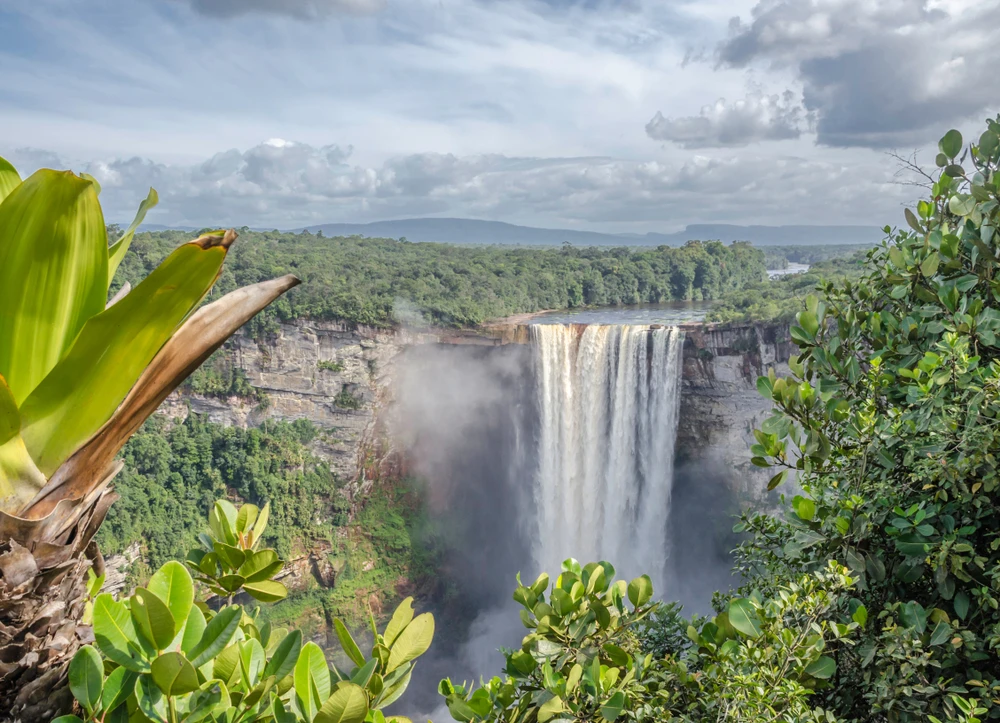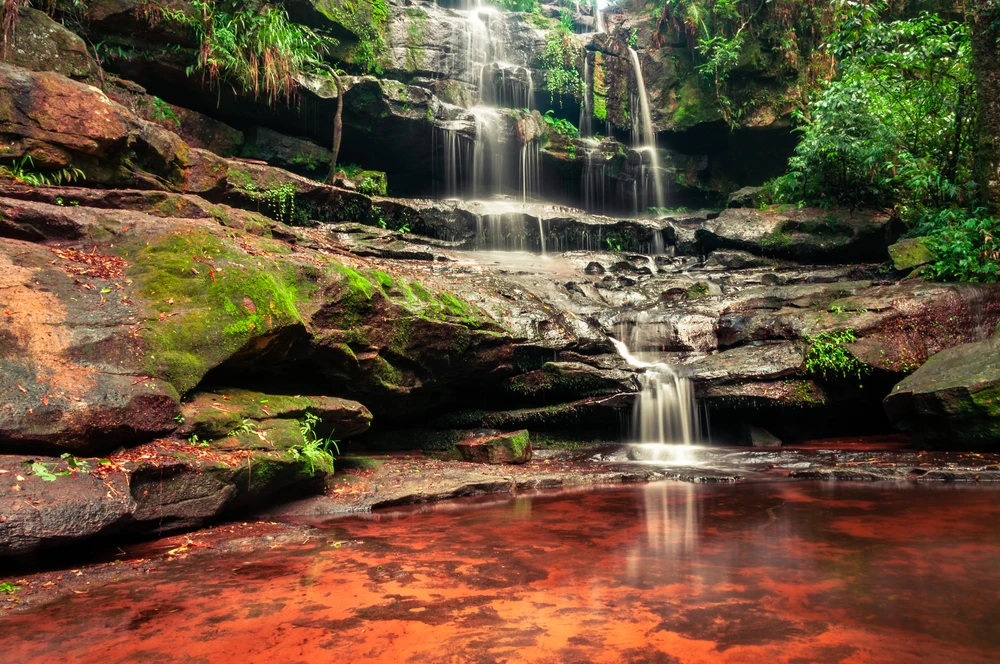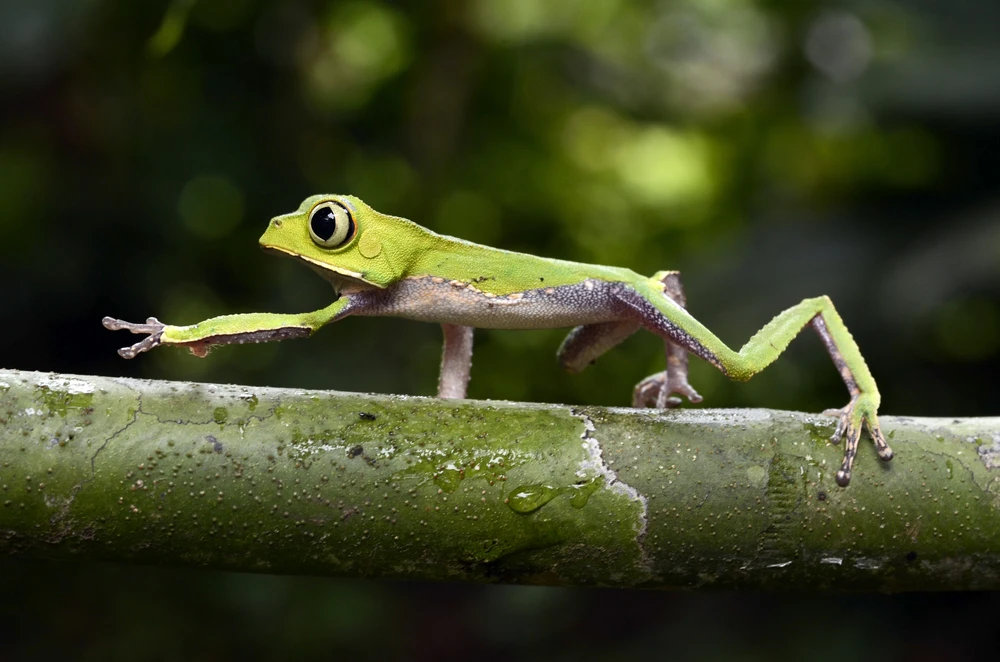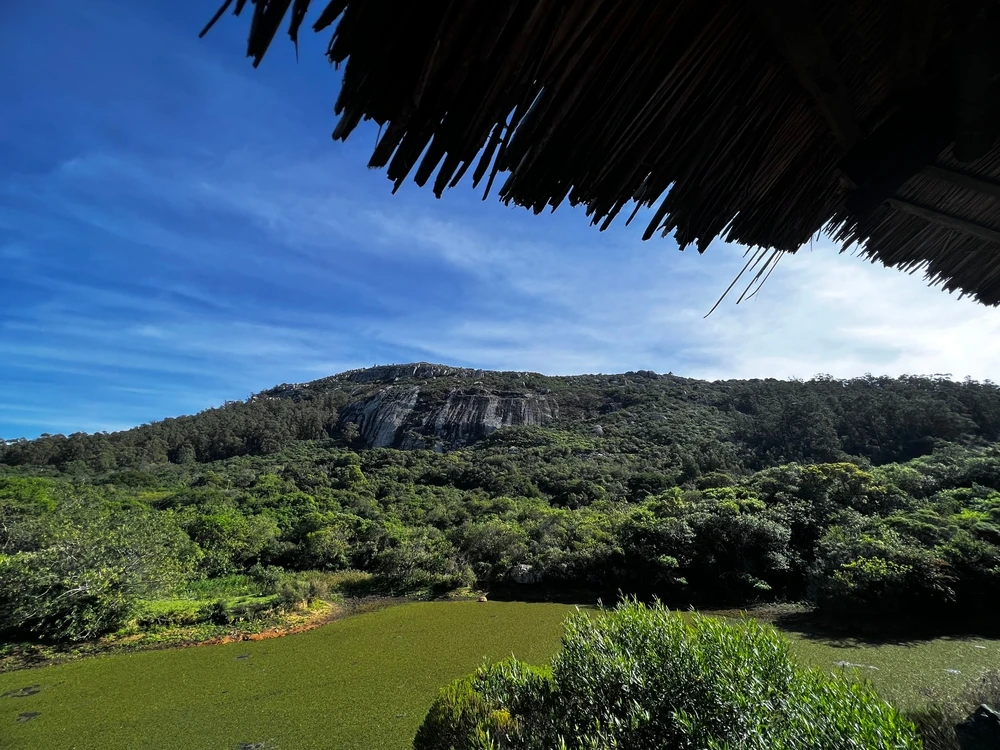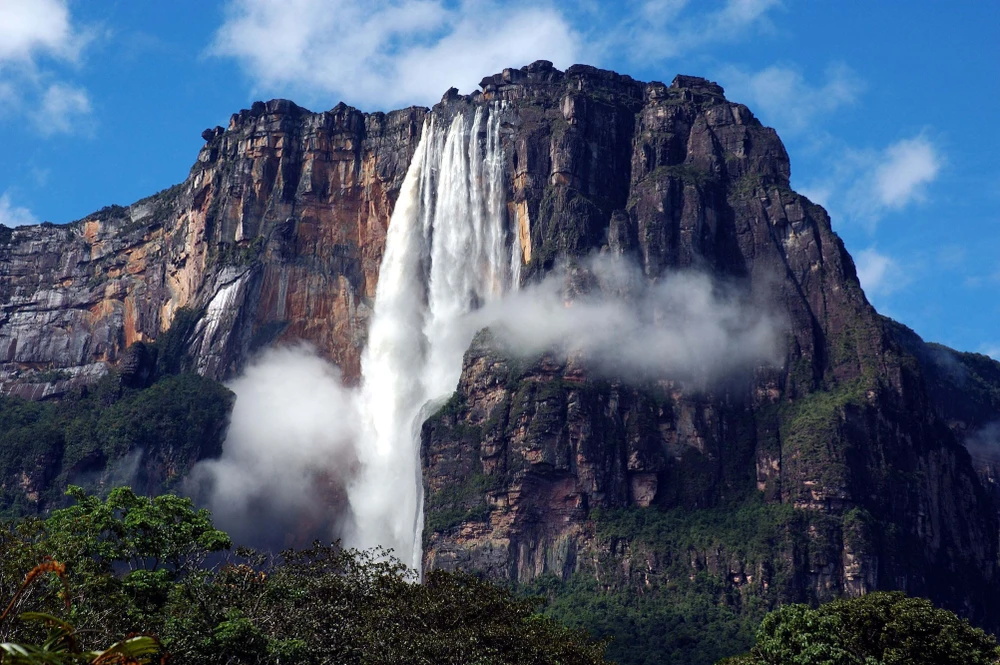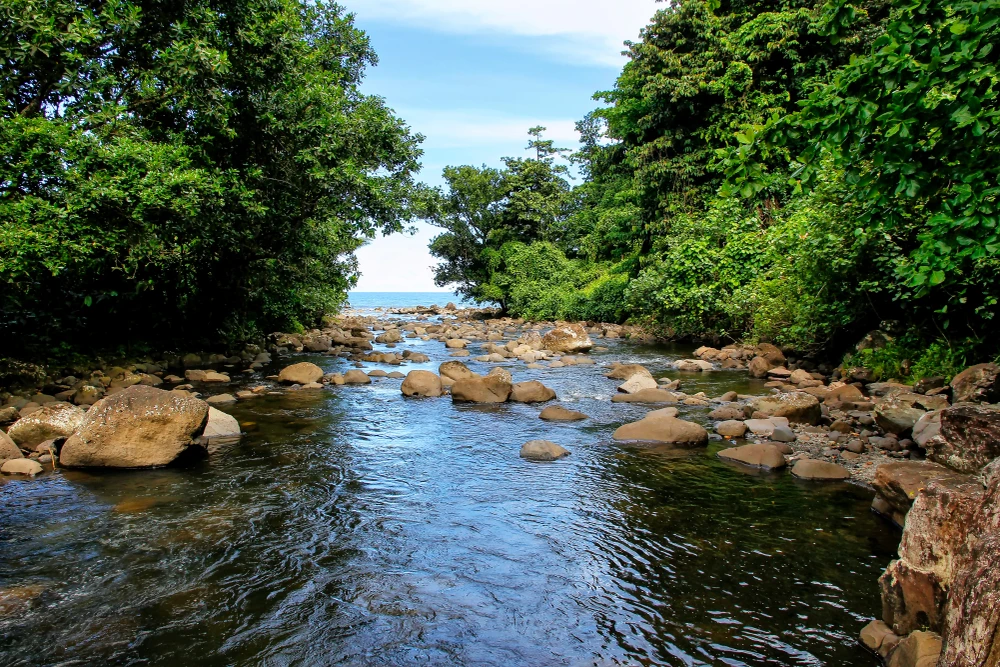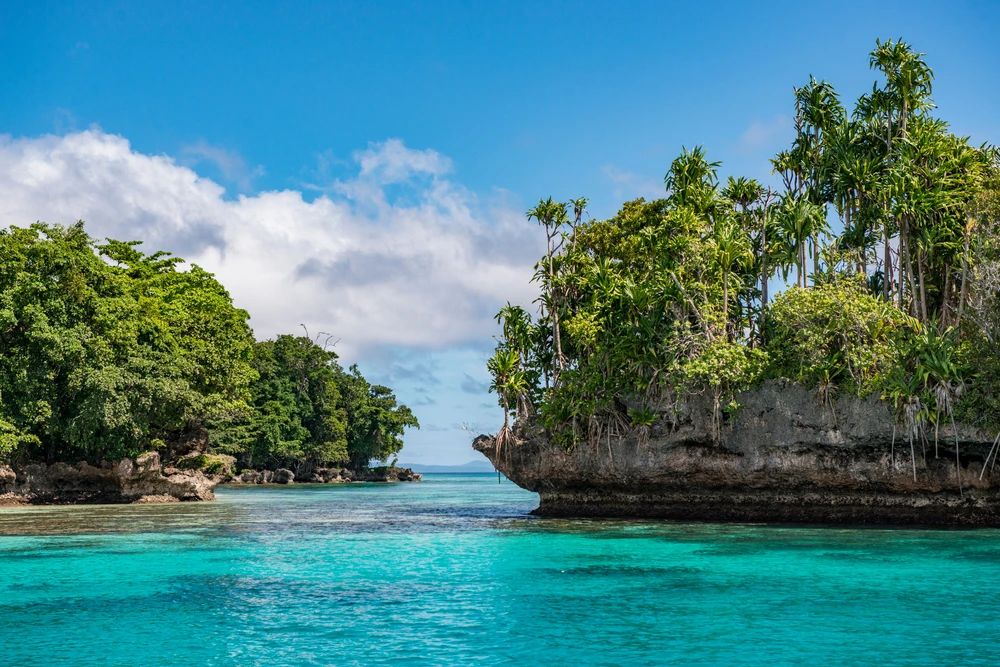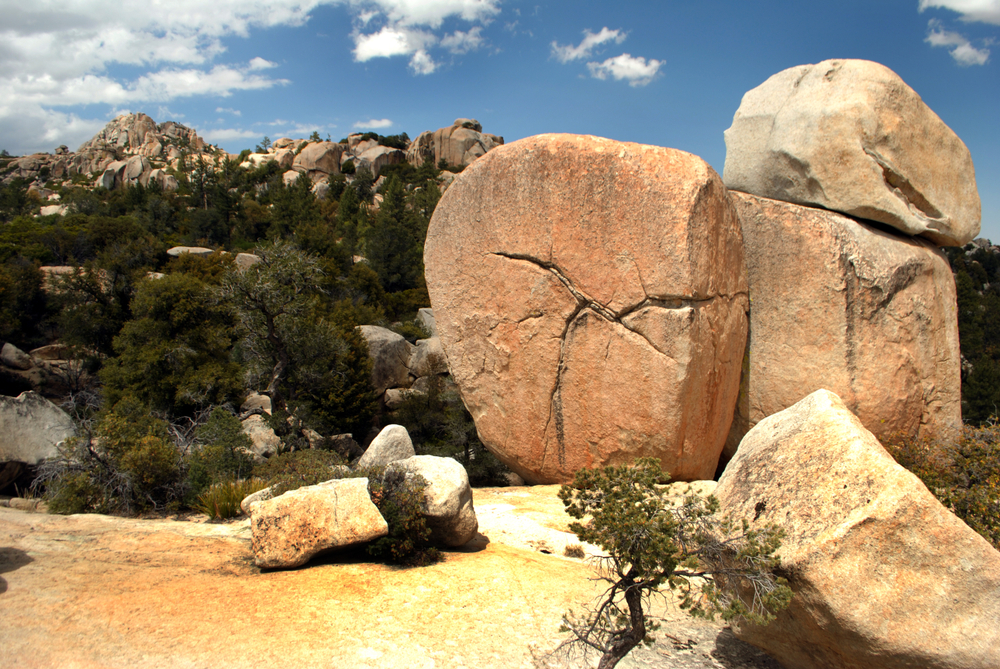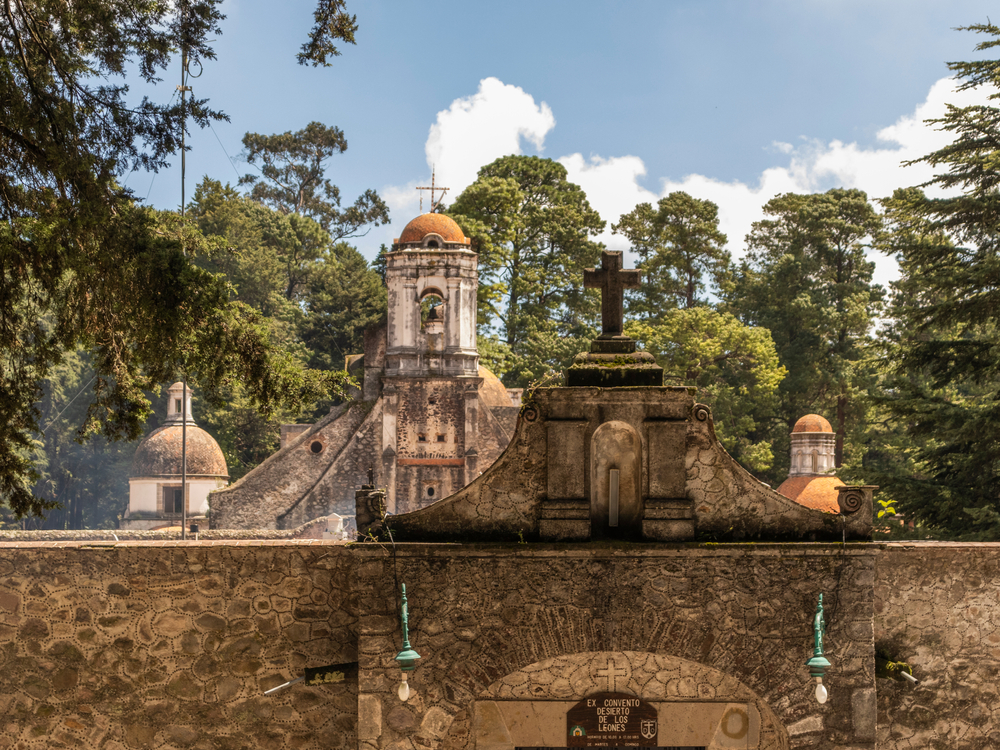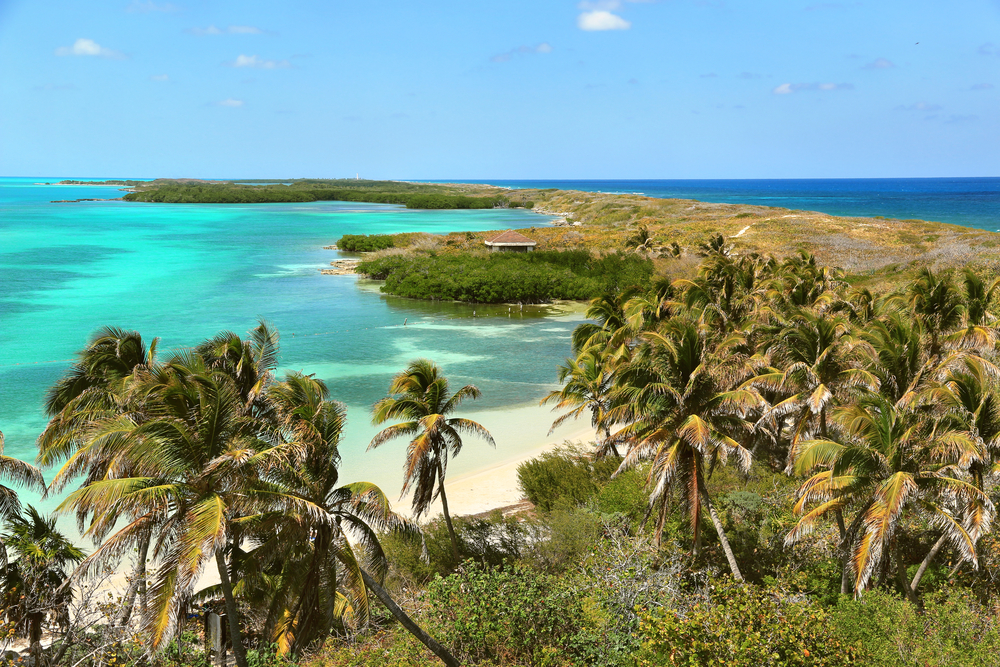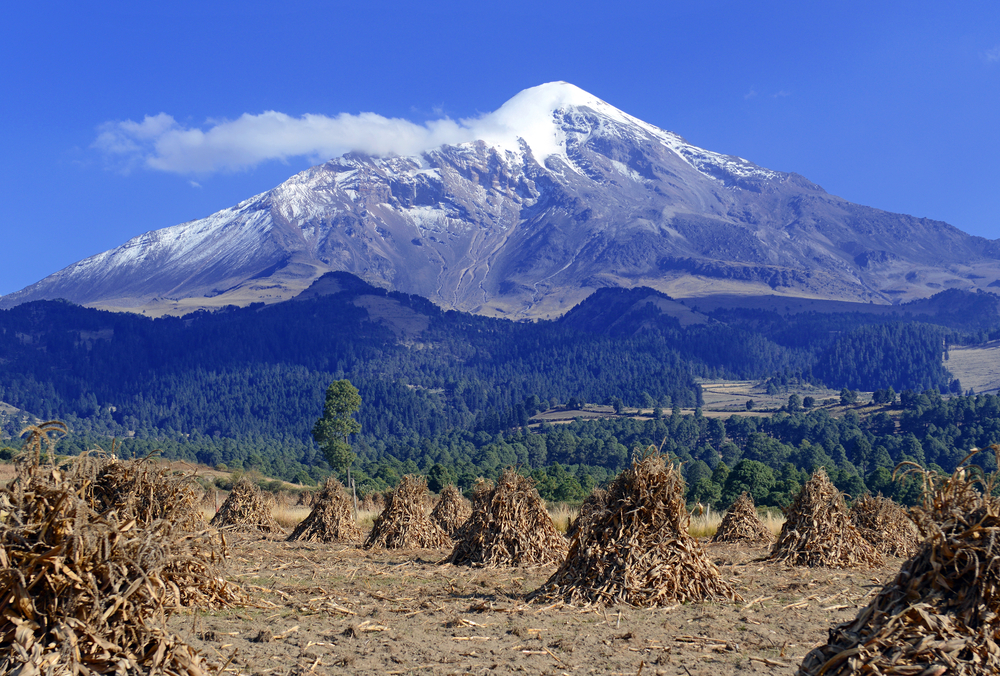Arrecife de Puerto Morelos Overview
Arrecife de Puerto Morelos National Park, known in Spanish as Parque Nacional Arrecife de Puerto Morelos, is a marine protected area located off the coast of Quintana Roo, Mexico.
Covering approximately 227 square miles (588 square kilometers), it is part of the Mesoamerican Barrier Reef System, the second-largest coral reef system in the world. Situated just offshore from the town of Puerto Morelos, the park stretches along the coastline, protecting vibrant coral reefs, seagrass beds, and mangrove forests that support a rich variety of marine life. The park is a key component of the Riviera Maya’s ecological heritage and plays a crucial role in preserving the biodiversity of the Caribbean Sea.
The underwater landscapes of the park are a breathtaking display of colorful coral formations, including brain corals, staghorn corals, and elkhorn corals, which provide habitat for countless marine species. The clear turquoise waters make it an ideal location for snorkeling and diving, allowing visitors to witness an intricate ecosystem of coral reefs teeming with life.
The mangrove forests that line the coast act as a vital barrier against coastal erosion and provide a nursery for fish and other aquatic creatures. Seagrass beds further enhance the ecosystem by stabilizing sediment and serving as a crucial food source for marine animals. The park is also home to several cenotes, or underwater sinkholes, that connect to vast subterranean river systems unique to the Yucatán Peninsula.
The waters of Arrecife de Puerto Morelos National Park are filled with an incredible variety of marine life. Visitors can spot sea turtles, including the loggerhead, green, and hawksbill turtles, which use the region as a nesting and feeding ground. Schools of tropical fish such as parrotfish, angelfish, and butterflyfish are abundant among the corals, along with larger marine species like barracudas, moray eels, and eagle rays.
The reef also supports various species of sharks, including nurse sharks, which are commonly seen resting along the sandy ocean floor. Among the most remarkable sights are the migrating whale sharks that occasionally pass through the area. The park’s birdlife is equally impressive, with coastal and mangrove-dwelling species such as pelicans, frigatebirds, herons, and kingfishers adding to the biodiversity.
A major attraction of the park is the stunning coral reef system, which is considered one of the healthiest in the region due to conservation efforts. Snorkeling and scuba diving are the most popular ways to explore the underwater world, with guided tours offering an up-close view of the coral formations and marine species.
Kayaking and paddleboarding allow visitors to enjoy the crystal-clear waters while minimizing their environmental impact. Boat tours provide opportunities to witness the diverse marine life without getting wet, while birdwatchers can explore the mangrove forests for glimpses of unique avian species. Fishing is restricted in the park to protect marine biodiversity, ensuring that the ecosystem remains balanced.
One of the park’s biggest challenges is the impact of climate change, which has caused coral bleaching and weakened reef structures. Rising ocean temperatures and pollution have also contributed to coral stress, threatening the biodiversity of the reef.
However, conservation efforts, including strict regulations on tourism activities, marine restoration projects, and community engagement, have helped protect the ecosystem. Local initiatives focus on educating visitors about sustainable tourism and the importance of preserving the marine environment.
The establishment of no-fishing zones and responsible diving practices has led to positive results, ensuring that Arrecife de Puerto Morelos National Park remains a thriving habitat for marine life and an unforgettable destination for nature enthusiasts.


